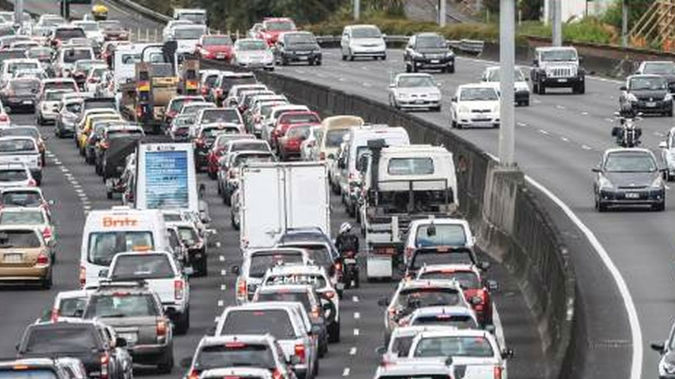ANALYSIS: The NZ Transport Agency (NZTA) put businesses ahead of safety for most of its 11-year history, creating a regulatory regime that lead to the death of a motorist and potentially put thousands of others in danger.
NZTA also harboured a culture where staff involved in vehicle safety felt neglected and afraid to speak out for fear of being restructured out of the Agency.
The Agency was told it had to stop treating private businesses like its customers, and remember it existed to keep motorists and other road users safe, rather than keeping transport businesses happy.
And it appears Transport Minister Phil Twyford is taking no chances, promising $45 million in funding to beef up NZTA's regulatory role, and creating a new Director of Land Transport who will make sure safety regulations are enforced.
The crisis at NZTA, the country's main land transport regulator, broke last year when it was found that it ran a soft-touch regime that allowed transport businesses, like those who issued WoFs, to neglect driver safety.
One business, Dargaville Diesel Specialists, had been allowed to issue WoFs despite NZTA being repeatedly warned since 2011 about the quality of its certifications.
Finally, William Ball was killed after a seatbelt, which had been checked by DDS, broke during a crash. DDS ultimately had its licence to certify WoFs revoked, but it was far from the only business NZTA had allowed to operate despite being unsafe.
The crisis led to 46 certifiers being investigated and led to 71,600 vehicles needing to have their WoFs redone.
NZTA is the main transport regulator in New Zealand. While it doesn't issue WoFs itself, it issues Transport Service Licences (TSLs) to companies which then issue the WoFs themselves.
A review has found widespread problems at NZTA, which saw it seriously neglect its role as transport regulator, by adopting light-touch regulation techniques developed in the 1990s.
It drew on parallels with the Pike River tragedy of 2010, which changed the way regulation was carried out in New Zealand.
Aside from light-touch regulation, one parallel with Pike was "a culture of bad news not being acceptable at senior management levels".
This meant bad news was not always fed to the top rungs of the organisation.
The very structure of NZTA meant that crucial internal audits could be fudged before being passed up to management.

During internal audits, people who were in charge of the parts of the company being audited were given the final audit reports before they were signed off. This led to a conflict of interest because those staff had a strong incentive to downplay concerns found in those audits.
In one case, a staffer changed the risk rating of an audit to make it appear more favourable.
The strongest criticism was of the Agency's "customer" focus. NZTA sought to satisfy "all individuals who transacted with the agency", people and businesses the Agency called its customers.
But the Agency has been reminded that its road users, rather than transport businesses who are the Agency's customers. It's the NZTA's job to regulate those businesses, not to serve them in a client-customer relationship.
"These are commercial businesses that seek to make a profit while issuing permissions on NZTA's behalf," the report said.
"This is a privilege that they have been afforded by the Agency. NZTA's role is to audit their reliability, remedy their shortcomings and, where necessary, revoke their permission in the interests of the public," it said.
Instead of this focus, NZTA is now being told to talk to the people who use the transport system.
"We believe that when a regulator uses the term 'customer' they should understand that their ultimate customers are the people the law seeks to benefit or protect," it said.

Transport Minister Phil Twyford has unveiled a raft of measures to beef up NZTA's safety record.
The current Government was quick to point the finger at the previous National government, citing a part in the report which said previous ministers had been more focused on building roads than safety.
The new chair of NZTA, Sir Brian Roche, acknowledged the Agency had a lot of work to do and that it would not be afraid to use its "stick" to enforce regulation in future.
But the Agency also defended itself, noting proportion of business and vehicles affected was a tiny fraction of the 3000 Inspecting Organisations 4 million licensed vehicles in New Zealand.
Twyford is taking no chances. The Minister adopted all of the review's recommendations, saying that NZTA had been a "textbook study in lighthanded regulation".
It will now enjoy a $45 million injection for its regulatory function, have a specially created Director of Land Transport to monitor safety regulations, and be forced to develop a new regulatory safety.
NZTA could also be reclassified among other health and safety regulators.
Ministry of Transport CEO Peter Mersi said that would mean the Agency would be responsible for looking at health and safety across the transport sector, decreasing the chance anything could fall through the cracks .

/arc-anglerfish-syd-prod-nzme.s3.amazonaws.com/public/G2UW577YVRDP7GAHMG3J3DWOVI.jpg)



